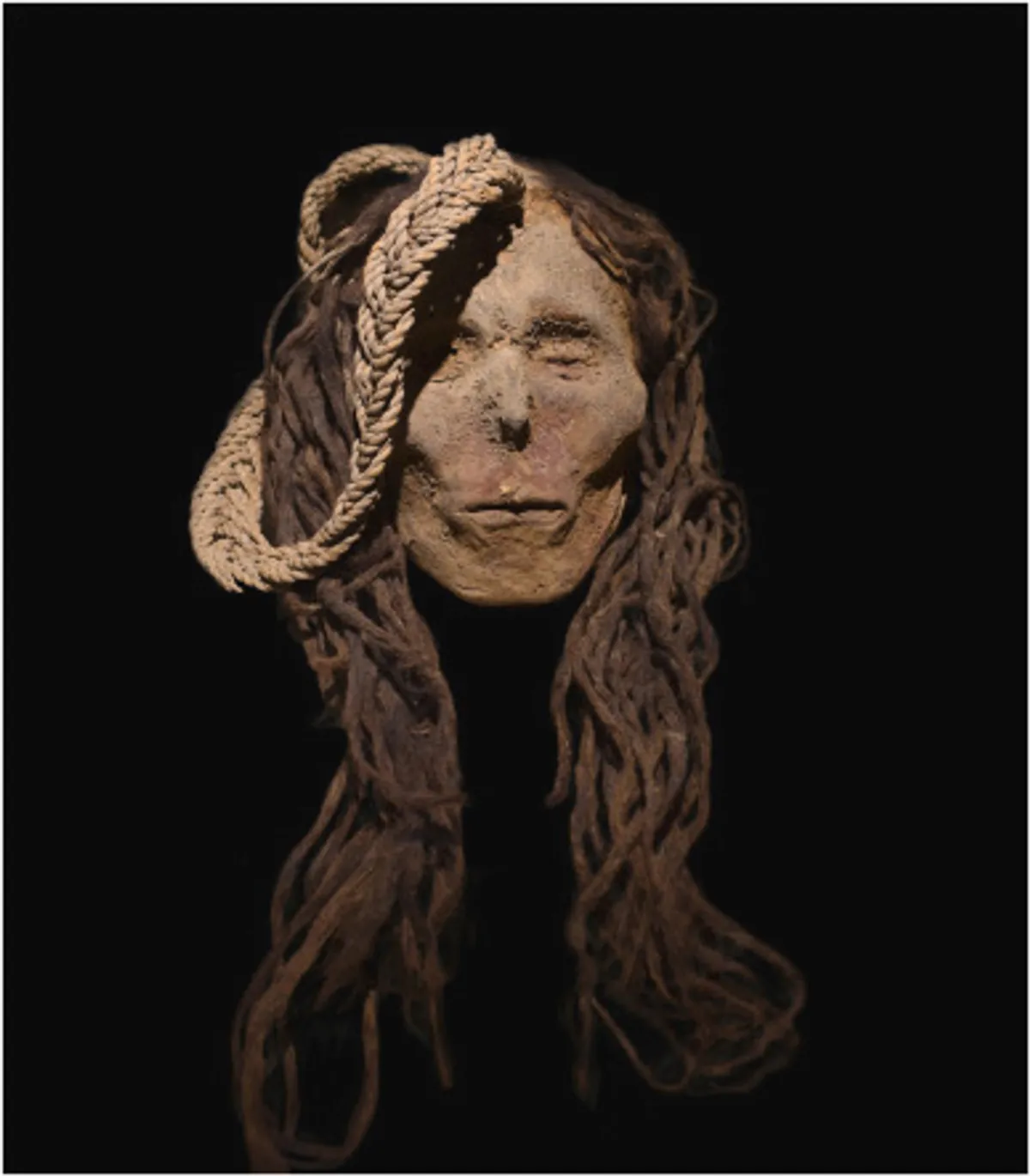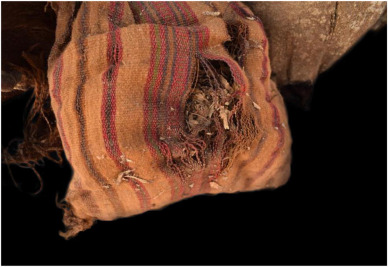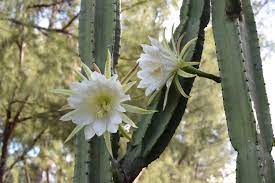Earliest Ayahuasca Trip
The discovery of San Pedro cactus and ayahuasca in hair samples from mummies in southern Peru sheds new light on the ancient use of psychoactive plants in the region. The hair samples, which date back more than 1,000 years, provide the earliest known evidence of the use of these plants in the region and suggest that they were an important part of ancient South American culture.
San Pedro cactus, also known as Echinopsis pachanoi, has been used for its psychoactive properties by indigenous cultures in South America for thousands of years. The cactus contains mescaline, a powerful hallucinogen that can produce vivid visual and auditory experiences. Ayahuasca, on the other hand, is a brew made from the ayahuasca vine and other plant ingredients, and has been used in shamanic rituals for centuries. Ayahuasca contains DMT, another potent hallucinogen that can produce profound mystical experiences.
The hair samples were analyzed using a technique called liquid chromatography-mass spectrometry, which allowed researchers to identify the presence of mescaline and DMT in the samples. The researchers also found evidence of other psychoactive plants, including coca and tobacco, in some of the samples.
The discovery of these psychoactive plants in ancient hair samples highlights the long and rich history of plant-based medicine and spirituality in South America. It also underscores the importance of preserving indigenous knowledge and traditions in a world where many of these traditions are at risk of being lost. Overall, this discovery provides new insights into the use of psychoactive plants in ancient South American cultures and highlights the enduring significance of these plants in modern times.
Hits: 3




